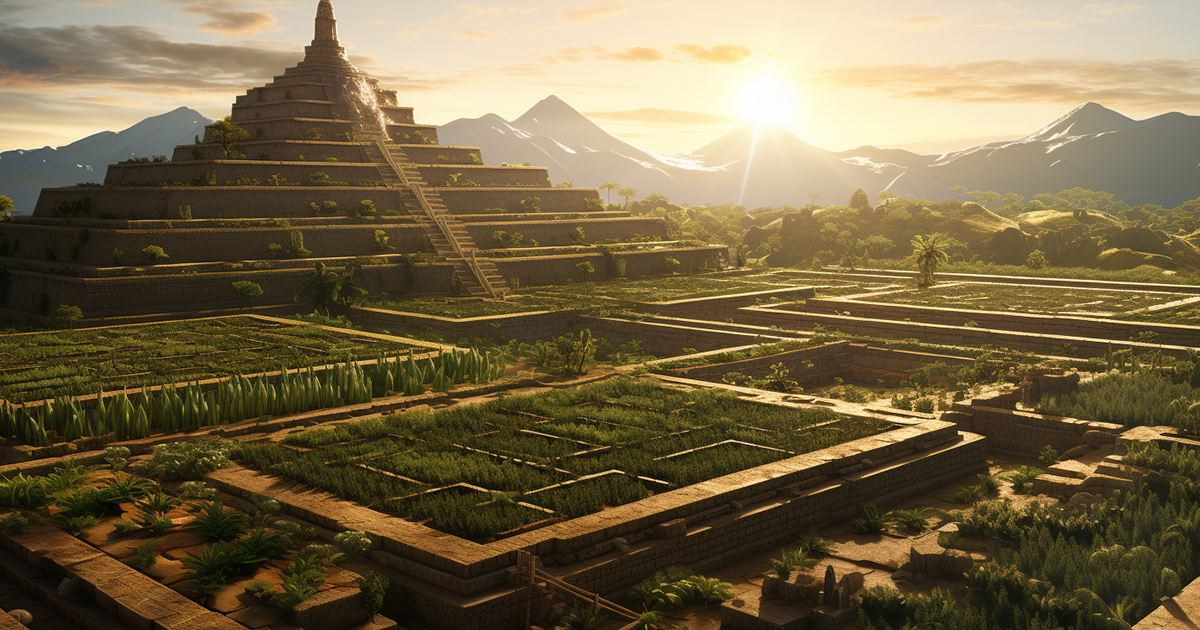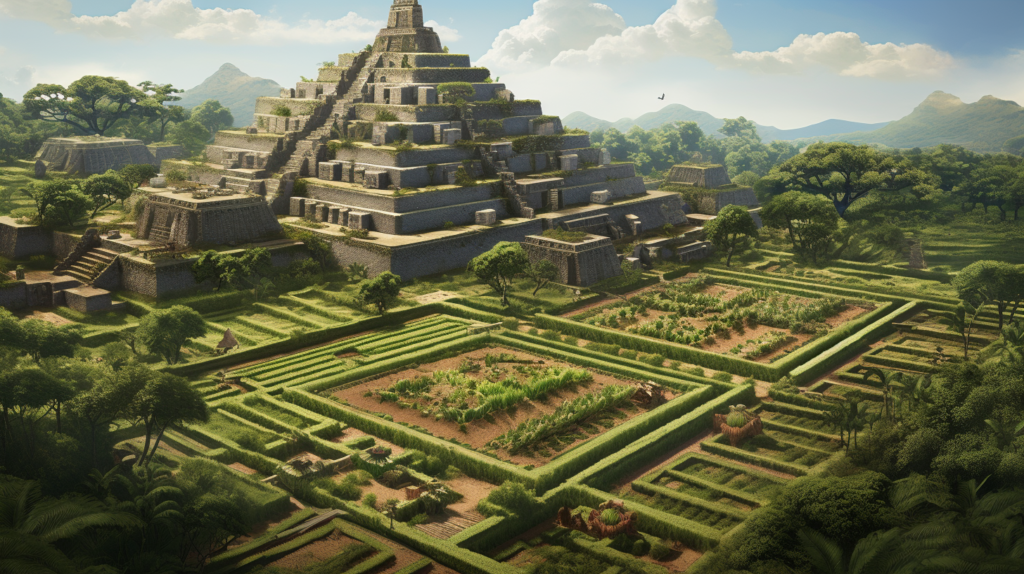In the heart of ancient Mexico, where lush landscapes are scarce, the Aztec civilization achieved a remarkable feat that left historians in awe for centuries. By utilizing a unique agricultural technique, the Aztecs managed to sustain a staggering population of 200,000 people in a region characterized by infertile and marshy land. This astounding accomplishment not only speaks to their resourcefulness but also offers valuable lessons for modern agriculture.

The Aztec civilization thrived in the highlands of Mexico, particularly in the Valley of Mexico, which was home to their magnificent city of Tenochtitlan. However, the surrounding terrain was far from ideal for traditional farming practices. The region was characterized by marshes and shallow lakes, making it seemingly impossible to cultivate crops on a large scale. Yet, the Aztecs ingeniously transformed these challenges into opportunities with their invention of floating gardens.
These floating gardens, known as “chinampas,” were an innovative solution that revolutionized agriculture in the region. Chinampas were essentially man-made islands built on the surface of the water. They were constructed by creating rectangular plots of fertile soil, surrounded by canals. The Aztecs would use wooden stakes to anchor the plots to the lakebed, ensuring stability. Over time, the organic matter from the lake’s bottom would enrich the soil, creating an incredibly fertile environment for cultivation.

One of the key advantages of chinampas was their ability to support a wide variety of crops, including maize, beans, squash, and more. The Aztecs also planted medicinal herbs and ornamental plants, demonstrating their advanced knowledge of horticulture and the potential of these floating gardens.
The success of chinampas can be attributed to their efficiency in utilizing available resources. The canals surrounding each plot provided easy access to water for irrigation and transportation, making it a highly sustainable and self-sufficient agricultural system. Additionally, the close proximity of the chinampas to the city of Tenochtitlan reduced the need for long-distance transportation of goods, further enhancing the efficiency of the food supply chain.

The Aztecs’ floating gardens not only ensured a stable food source for their massive population but also had environmental benefits. By creating these man-made islands, they minimized the need to clear forests or disrupt natural habitats, which was a common practice in other agricultural systems. This sustainability in land use allowed the surrounding ecosystem to thrive and provided a more balanced coexistence with nature.
Today, the legacy of the Aztec chinampas lives on in the form of contemporary farming practices, such as hydroponics and aquaponics. These modern systems draw inspiration from the ingenious methods employed by the Aztecs to maximize crop yields while conserving resources.
In conclusion, the Aztecs’ ability to feed 200,000 people in a challenging, marshy terrain through their creation of floating gardens remains a testament to their ingenuity and adaptability. Their innovative agricultural practices not only solved a pressing problem but also left a lasting impact on the way we think about sustainable food production. As we continue to face environmental challenges and the need for efficient agriculture, the lessons learned from the Aztecs’ chinampas continue to inspire and inform our own efforts to cultivate food in challenging environments.

